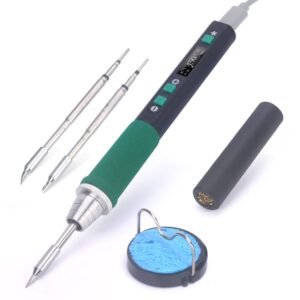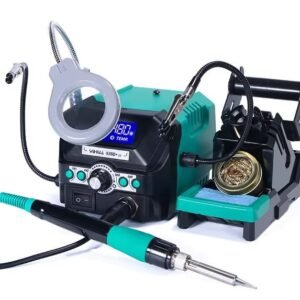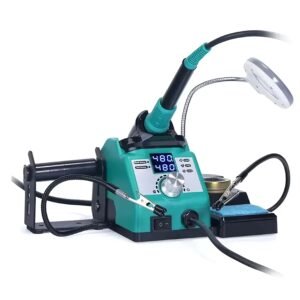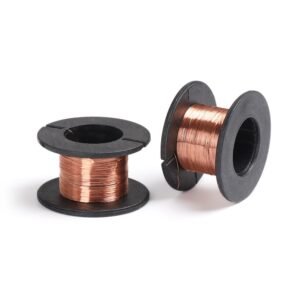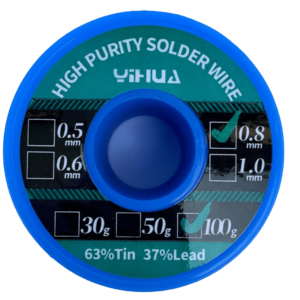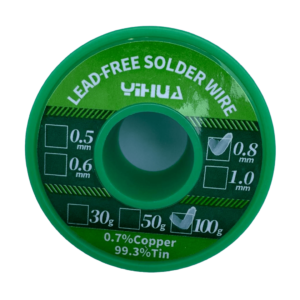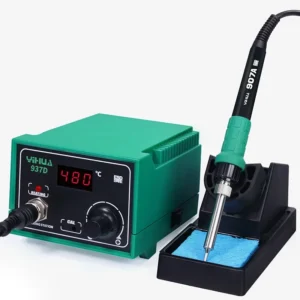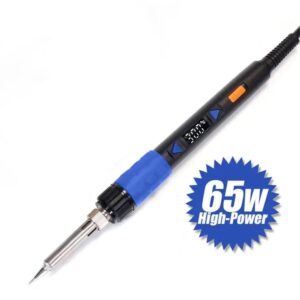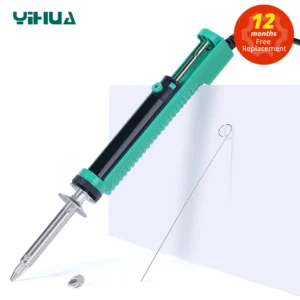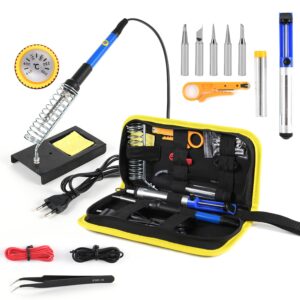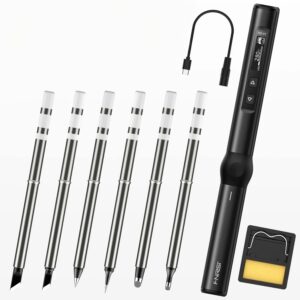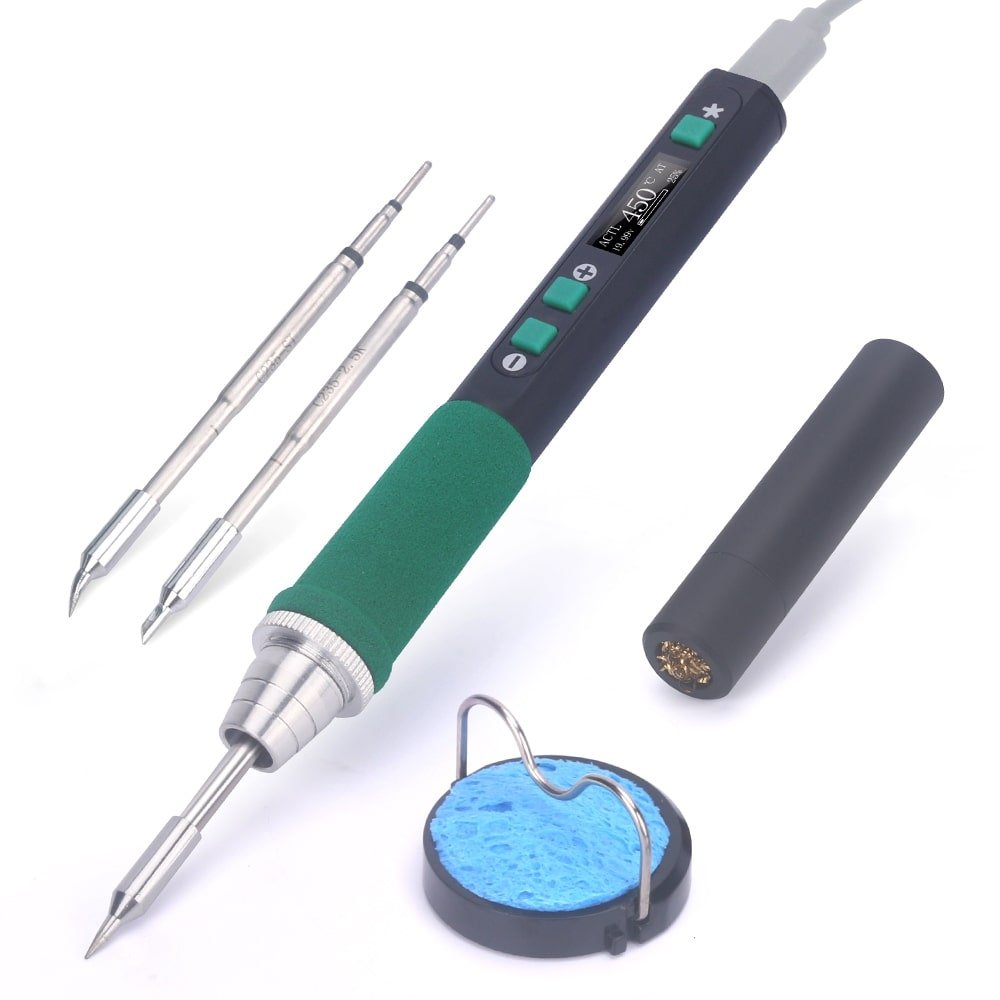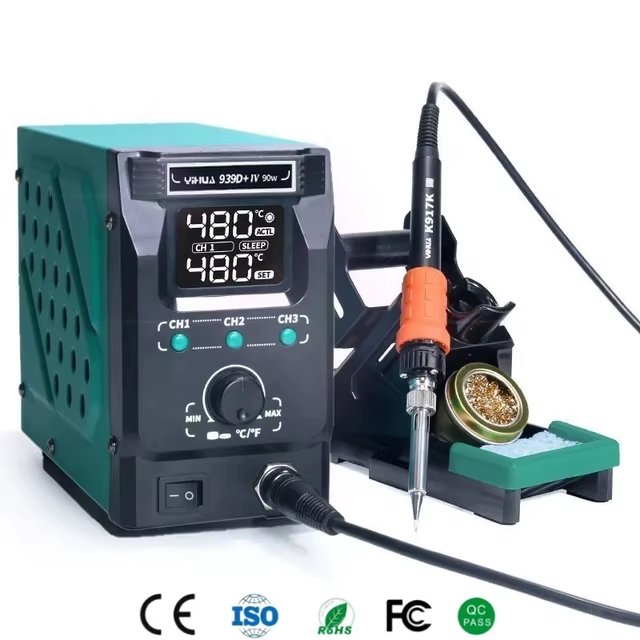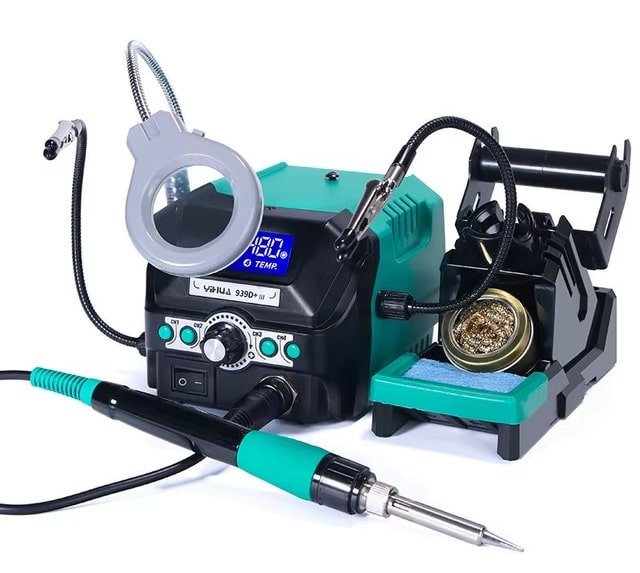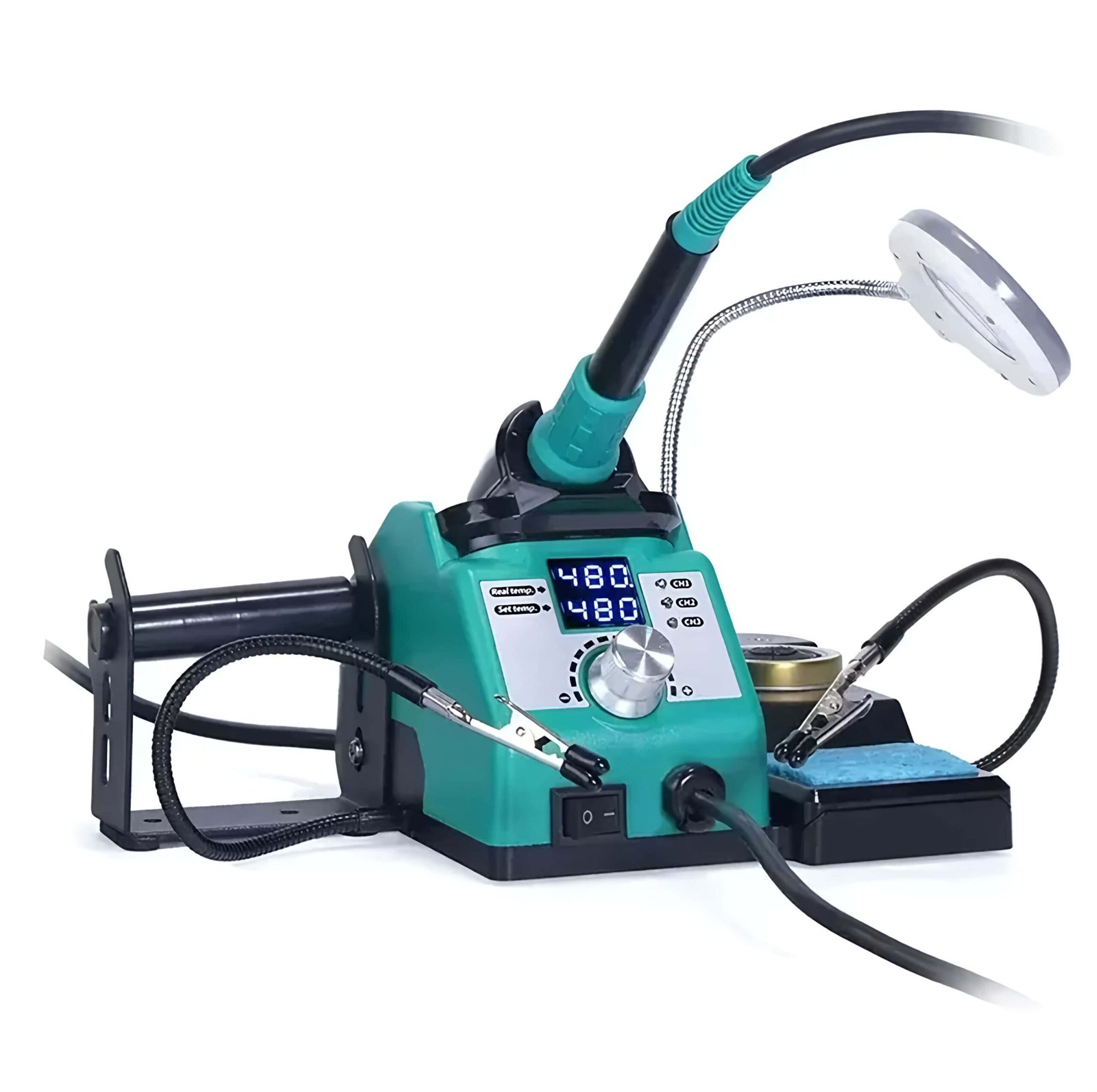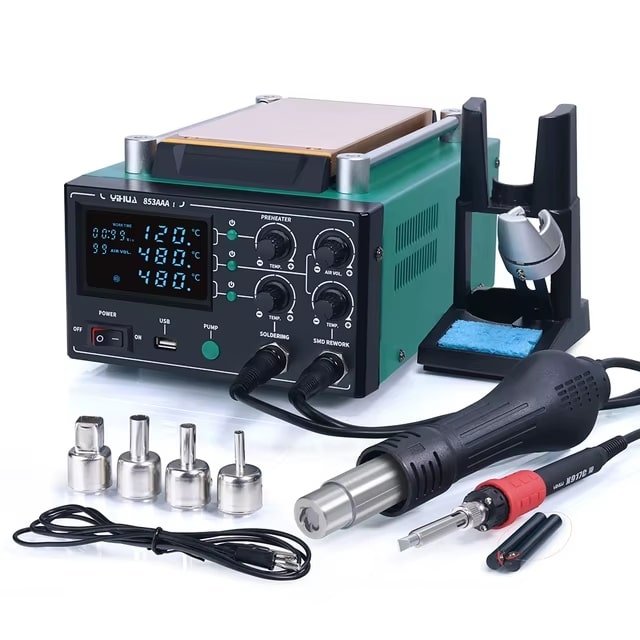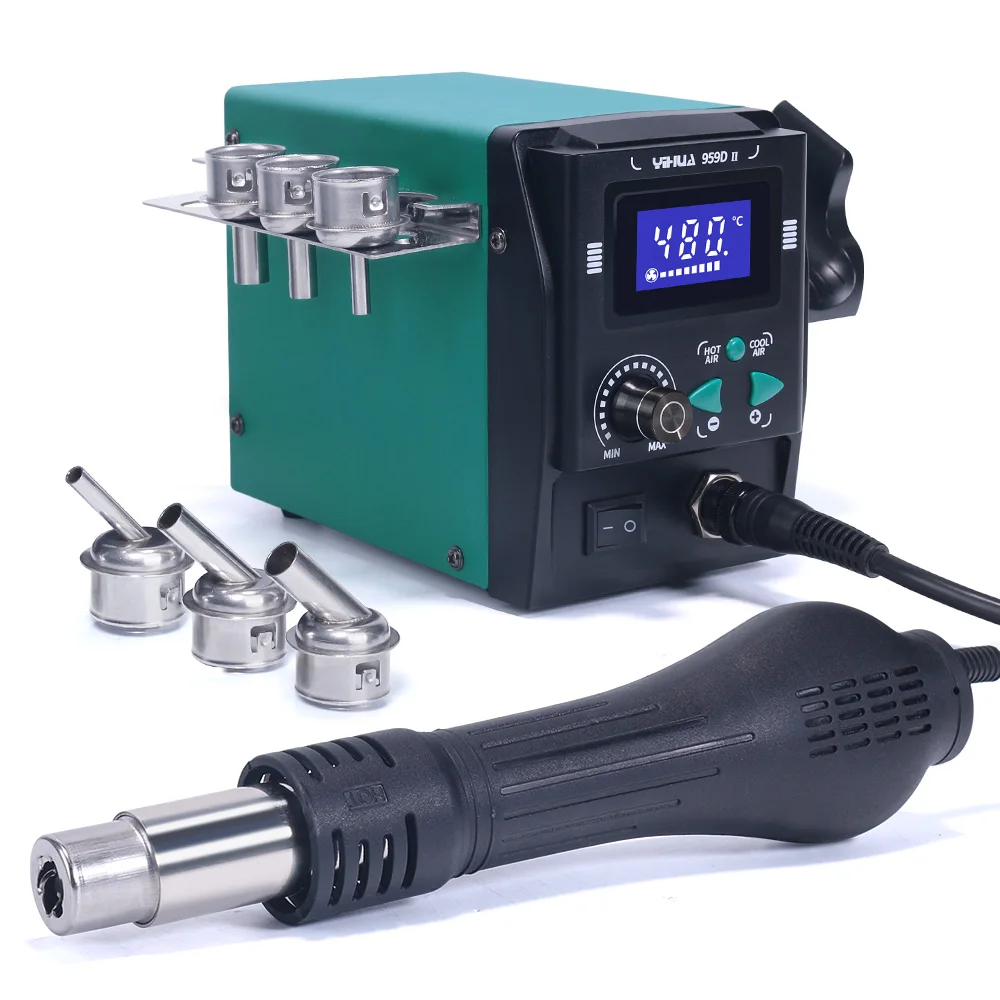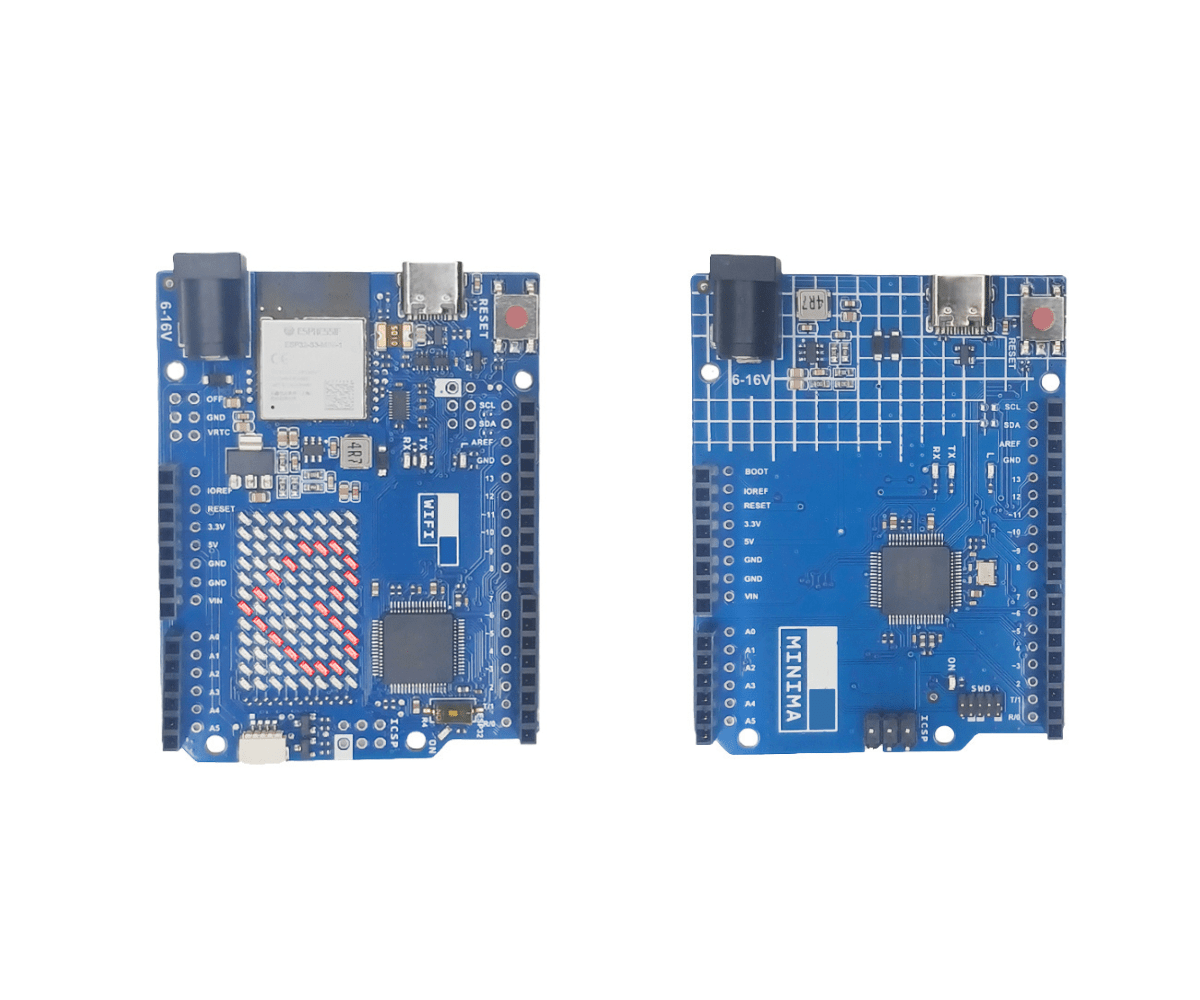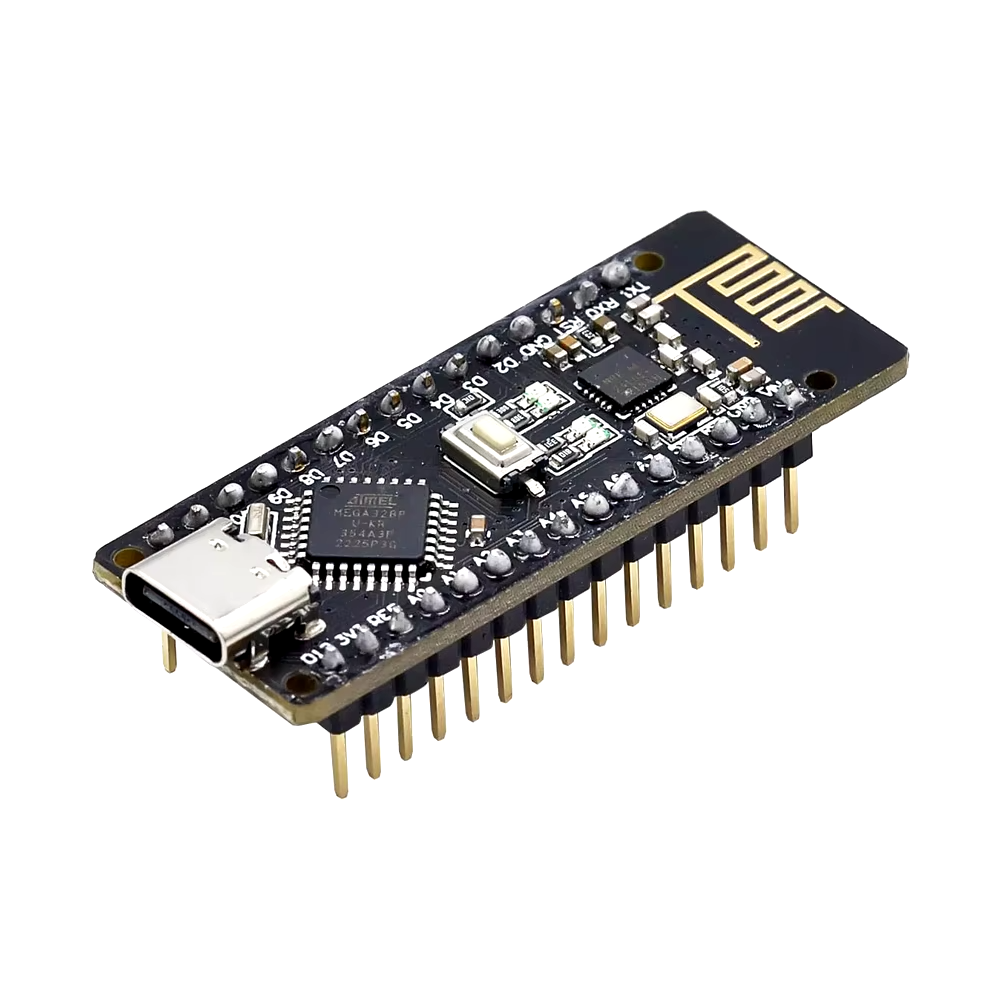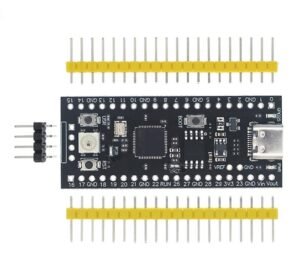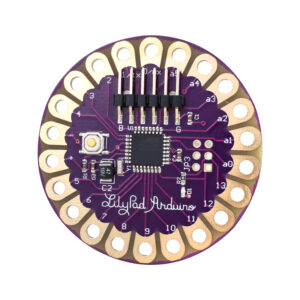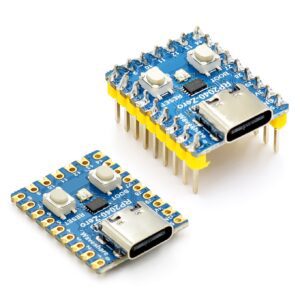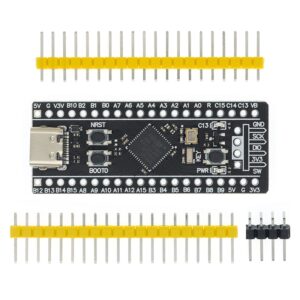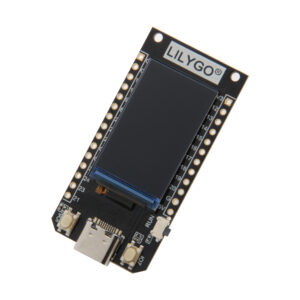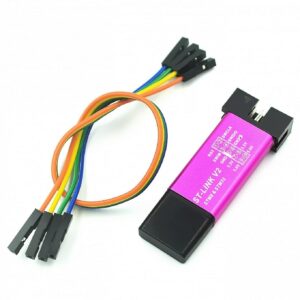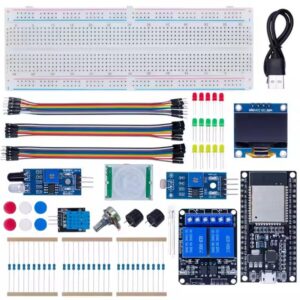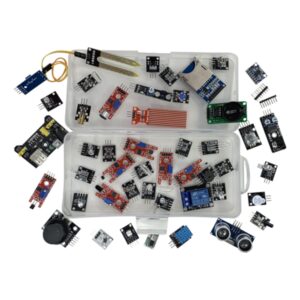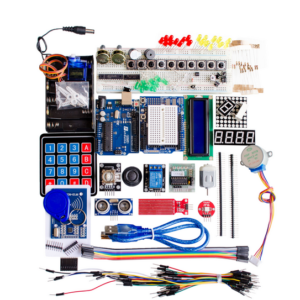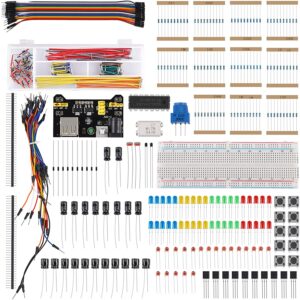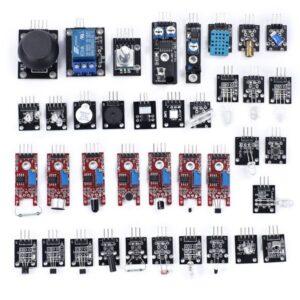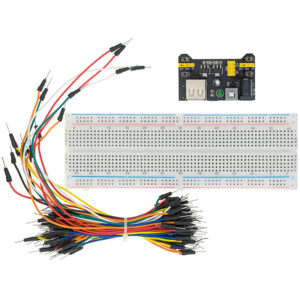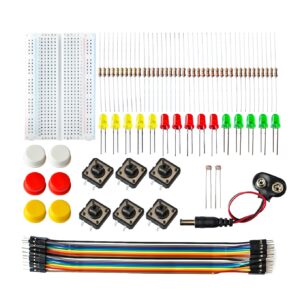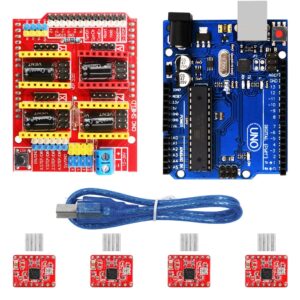Any soldering project demands a firm grasp of the hazards and a commitment to implementing the best practices to ensure health and safety. This Essential Soldering Safety Precautions Guide serves as an indispensable resource, delivering insights that span understanding the compositions of solder materials to the meticulous operation of soldering tools.
It’s paramount to not only recognise the potential for bodily harm but also to acknowledge the chronic health implications linked with exposure to substances used in soldering processes. Heightened vigilance and adherence to recommended protocols can substantially diminish the risks associated with soldering hazards.
By integrating rigorous safety procedures and fostering comprehensive awareness, we can all contribute to establishing a culture of conscientiousness within the realms of soldering health and safety. This guide is primed to arm you with knowledge that transcends mere guidelines, paving the way towards an environment where safety underpins every action in the soldering arena.
Key Takeaways
- Read safety information thoroughly to mitigate risks associated with soldering.
- Identify solder materials accurately to avoid unexpected hazards.
- Avoid contact with the extremely hot elements of soldering irons.
- Utilise the right safety measures, like wet sponges and clamps, during soldering.
- Adopt the use of lead-free or rosin-free solders to minimise health risks.
- Ensure proper utilisation and maintenance of fume extraction systems.
- Prioritise regular training and health monitoring for frequent solderers.
Safety Precautions in Soldering
Soldering is a skill that, when performed without proper care, can lead to significant risks. It is essential to understand the substances we are dealing with and the potential for harm they present. In this section, we delve into effective safety strategies and compliance tactics that are vital for anyone involved in this delicate task. By taking the right precautions and staying informed, we can solder safely and confidently.
Let’s commence by dissecting the components that make soldering a potentially hazardous activity and the measures that can quell these risks.
Understanding the Risks of Soldering
Wielding a soldering iron may not come without peril. The solder we use could hide substances not clearly indicated on the reel label. Knowledge about what our solder contains is paramount for understanding the risks at hand. One should be ever vigilant about temperature exposure, as the element of a soldering iron can reach up to a scorching 400°C.
Complying with Health and Safety Regulations
All soldering aficionados should acquaint themselves with health and safety guidelines to safely navigate the complexities of soldering. Abiding by such regulations involves regular revision of the chemical safety information that is made available at any soldering station. Ensuring your understanding is up-to-date shields you from potential mishaps.
Conducting Risk Assessments and Safety Audits
To perpetuate a safe soldering environment, risk assessments and routine safety audits must be held in high regard. It is incumbent upon supervisors to inform and instruct users on the potential dangers and to confirm that safety controls are not only present but also effective and diligently utilised.
Through collective mindfulness and adherence to safety protocols, we establish a bulwark against the inherent hazards of soldering. By implementing these soldering safety measures and exercising equipment precautions, we solidify our expertise on how to solder safely.
Proper Use of Soldering Irons
Expertise in soldering hinges not just on skill but also on the adoption of critical safety protocols related to the tools of the trade. Below, we discuss the essential soldering tips and protective measures that should be second nature to anyone handling soldering irons.
Handling Techniques for Soldering Irons
When it comes to managing a soldering iron, the primary concern is to avoid the dire consequences of mishandling which can result in severe burns. Utilising tweezers or clamps to hold wires securely is a fundamental technique while ensuring that direct contact with the iron is scrupulously avoided. Remember, the element of a soldering iron can reach a perilous 400°C, necessitating a safe distance at all times.
Maintaining the Soldering Iron’s Cleanliness
Maintaining a soldering iron’s cleanliness is not just about prolonging its lifespan, but it’s also a significant soldering protective measure. A wet sponge is indispensable for keeping the tip of the iron clean throughout its use. Accumulated debris can affect performance and increase the potential for accidents, making this practice an integral part of the soldering process.
Ensuring Rest and Storage Between Uses
Rest and proper storage of soldering irons cannot be overstressed. Voracious heat demands respect and care even when the tool is dormant. As such, always place the iron in its stand to avoid any contact with flammable materials, turning it off or unplugging it entirely after use to mitigate any risk of fire. These precautions are essential for both personal safety and the integrity of the soldering station.
By employing these soldering tips and ensuring compliance with soldering protective measures, you fortify your personal safety and enhance your competence in soldering. Remember, diligent practice of these protocols is the cornerstone of proficient and secure soldering operations.
Managing Solder, Flux, and Cleaners Safely
Adhering to soldering safety guidelines is a crucial aspect of any soldering task. It is the safeguard against the potential risks associated with the fumes and splatters that are inherent in soldering. By introducing disciplined practices, users can mitigate these risks significantly. Let us explore the best practices to achieve this.
Identifying and Minimising Inhalation Hazards
The inhalation of fumes generated during soldering can present significant health risks. It’s essential to recognise these hazards and implement measures that effectively reduce exposure. Among these measures is the utilisation of rosin-free and lead-free solders which are less harmful. It is also crucial to always work in a well-ventilated area to disperse any toxic fumes.
Using proper protection like eye gear can save one from sudden ‘spitting’ of solder, which is a common occurrence. This ‘spit’ can happen when air pockets or impurities in the solder pop due to heat, flinging hot solder particles into the air—potentially causing eye injury.
Storage and Dispensation Methods
Proper storage and dispensation of solder and associated cleaning solvents are integral to maintaining a safe soldering workspace. Dispensing bottles specially designed to limit the release of vapours should be used for solvent storage, ensuring that exposure to harmful fumes is reduced.
After the soldering process, it is advisable to wash hands thoroughly with soap and water. This practice removes any residue that may contain lead or other toxic substances, which can be accidentally ingested.
These guidelines represent more than simple instructions; they are an imperative to ensure individual health and safety in environments where soldering is conducted. Implementing these soldering best practices is not only a responsibility but also a commitment to maintaining high safety standards in the process of creating strong and durable bonds in electronics and metalwork.
Preventing Lead and Rosin Exposure
As we explore the realm of soldering safety, we address two of the primary culprits of occupational health risks: lead and rosin exposure. Their seemingly innocuous presence in our daily soldering tasks conceals the gravity of their potential health consequences. An understanding grounded in fact and preventive strategies acts as our best defence against their insidious effects.
Understanding the Health Impacts of Lead
In the soldering sphere, acknowledging the toxicity of lead is pivotal. Chronic exposure to this metal, even in diminutive amounts, can culminate in profound neurological disorders alongside other health afflictions. Therefore, soldering safety measures necessitate a keen awareness of the presence of lead within solder, and the employment of appropriate handling methods to thwart its pernicious effects.
Protective Measures Against Rosin Fumes
The visible fumes emitted during the soldering process often stem from rosin-based fluxes used within the solder. Recognising the severity of health hazards posed by these fumes, which can trigger respiratory and skin sensitisation, is vital. Compliance with stringent soldering safety measures and control mechanisms designed by safety offices is indispensable to mitigate the occupational risks associated with rosin exposure.
It’s not enough to merely be aware of these hazards; taking proactive steps to counter them is equally crucial. Here’s a breakdown of practical actions one can take to shield oneself from lead and rosin exposure:
| Substance | Risks | Safety Measures |
|---|---|---|
| Lead | Neurological effects, reproductive issues, digestive problems | Wearing gloves, using lead-free solder, thorough hand washing post-soldering |
| Rosin Fumes | Eye, throat, and lung irritation; asthma | Fume extraction systems, soldering in well-ventilated areas, health surveillance |
In essence, donning gloves during direct solder handling complements the function of fume extraction systems, conferring comprehensive protection. Ensuring such systems are regularly maintained and tested contributes to the efficiency of these measures. The ultimate goal is to solder responsibly while safeguarding one’s wellbeing—a goal wholly achievable with the correct application of these soldering health and safety guidelines.
Effective Control of Fumes in the Working Environment
Mastering the art of soldering ensures that not just precision in craftsmanship is achieved, but also that essential safety norms are adhered to, enhancing soldering health and safety. Among the most significant concerns in the soldering process are the fumes generated, which can pose various health risks if not appropriately managed. Acknowledging the necessity of including effective soldering protective measures in our workshop practices cannot be overemphasised. In this section, we focus on the key strategies for controlling and mitigating these fumes to ensure a secure working environment.
Utilisation of Fume Extraction Equipment
Creating a safe soldering environment begins with the deployment of appropriate fume extraction equipment. To maintain peak performance in our soldering tasks, and importantly, our health, a range of devices such as enclosed hoods or tip extraction systems are recommended. These are purpose-engineered to capture harmful fumes at their point of origin, transferring them away from the workstation, and ideally, venting them to the outdoors. The efficacy of these systems in promoting clean air within the workspace is invaluable for adhering to rigorous soldering safety guidelines.
Maintenance of Fume Extraction Systems
Even the most advanced fume extraction systems require regular attention to continue functioning at their best. This is where the maintenance of these systems becomes critical. It is mandated that such equipment undergoes yearly assessments and has its filters replaced regularly, ensuring that no decline in fume extraction performance occurs. Mitigating hazardous fumes is not just about installing the right equipment but also about upholding consistent maintenance regimes.
| Fume Extraction Equipment | Role in Controlling Fumes | Maintenance Requirement |
|---|---|---|
| Enclosed Hoods | Encapsulates fumes directly from the source | Annual testing; filter replacement as needed |
| Tip Extraction Systems | Focuses on the soldering tip for precise fume removal | Regular inspection; filter change when performance declines |
| Benchtop Filter Extract Systems | Filters air at the workstation in well-ventilated areas | Testing for placement efficacy; ensure filters are kept in optimal condition |
Indeed, the commitment to an optimised atmosphere extends beyond the act of soldering itself into the realm of routine precautions and checks. It is by such measures that we transform our work areas into bastions of both creativity and safety, reflecting high standards of soldering health and safety. Upholding these protocols elevates not just individual safety but contributes to a collective emphasis on health within the wider soldering community.
Training and Supervision for Soldering Work
Integrating comprehensive soldering safety guidelines within the structure of training programs is not just a best practice, but a proactive step towards mitigating risks whilst soldering. It’s not solely about how to handle a soldering iron; it encompasses a wider understanding of how to solder safely and responsibly. Thus, trainers and educators are tasked with embedding these paradigms into the core curriculum for those learning the craft.
Supervision in workplaces where soldering is a regular task is pivotal. Supervisors need to be steadfast in the enforcement of safety measures, leading by example and making sure all soldering safety guidelines are adhered to diligently.
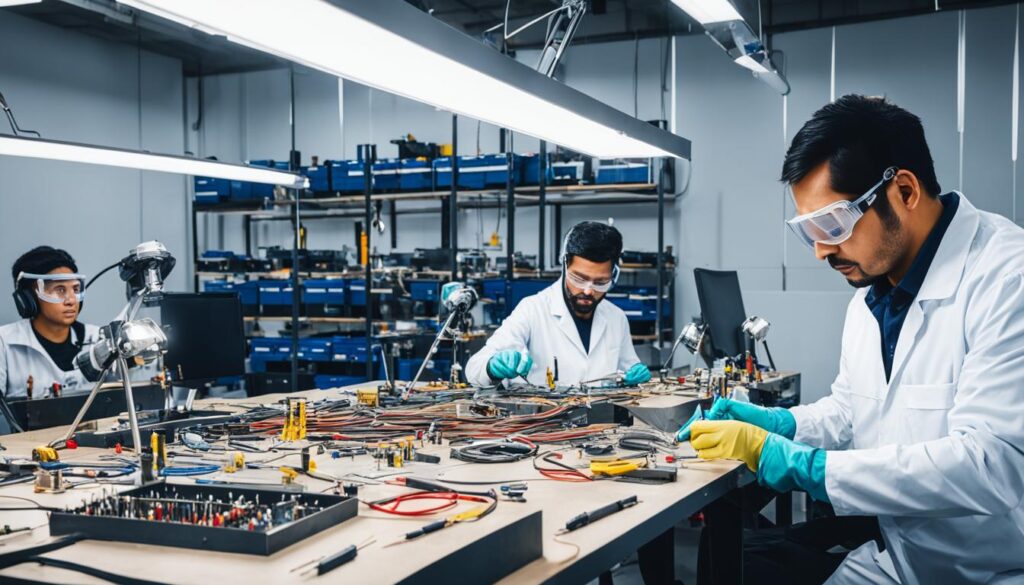
Let’s look at the key areas of training and supervision that are essential in promoting and maintaining safety:
- Detailed induction on identifying and understanding the substances used in solder materials.
- Safe handling procedures of soldering iron, including the risks associated with the heated element.
- Correct usage and maintenance of fume extraction equipment to limit exposure to harmful fumes.
- Putting into practice the use of personal protective equipment (PPE), including safety glasses and gloves.
- Emergency protocols for responding to soldering-related accidents and injuries.
The nuances of soldering can be full of complexities. Hence, it’s exigent that an all-encompassing approach to training encompasses a blend of practical skills and theoretical knowledge of the risks. Supervisors should ensure that team members are exhibiting correct technique and adherence to safety protocols during all soldering tasks, including:
- Ensuring that workstations are equipped with appropriate safety signage and equipment.
- Regularly reviewing and updating risk assessments as necessary.
- Maintaining an ongoing dialogue with all soldering personnel, encouraging them to voice any concerns and give feedback on safety measures.
- Conducting periodic safety audits to ensure that procedures are being followed and that safety measures are up-to-date, managing any identified deficits promptly.
To encapsulate, for those wielding the soldering iron and those overseeing the process, it’s imperative that an in-depth understanding of soldering safety guidelines be deeply embedded within the company ethos. This ensures that clarity prevails on how to solder safely, with training and supervision being the conduits through which safety culture within soldering operations thrives.
Health Surveillance and Electrical Safety Measures
Within the practice of soldering, an often overlook aspect is the long-term wellbeing of professionals. Frequent solderers are at risk of developing chronic conditions due to exposure to hazardous materials. Addressing this concern are two main areas: health surveillance and electrical safety measures, both of which form the bedrock of soldering health and safety protocols.
Regular Health Check-Ups for Soldering Professionals
It is essential for those engaged in the craft of soldering, particularly with materials like rosin-containing solders, to undergo regular health surveillance. These check-ups serve as a pivotal means to detect any early signs of health issues, thereby curtailing them before they exacerbate. Let’s not forget that foresight in health matters can prevent a multitude of downstream complications, positioning regular health assessments as a vital soldering safety measure.
Upkeep and Care of Electrical Soldering Equipment
Maintaining the integrity of the soldering equipment is just as critical as monitoring the health of the individuals using them. Succinctly speaking, routine examinations of soldering irons and stations, including checks for cable integrity and functionality, are tantamount to soldering safety measures. Ensuring that all devices pass the Portable Appliance Test (PAT) within its annual cadence is non-negotiable, fostering a culture where safety is always current.
| Health Surveillance | Electrical Equipment Care |
|---|---|
| Regular check-ups for frequent solderers | Inspect for obvious damage to tools |
| Health surveillance for rosin solder use | Ensure PAT testing is up-to-date |
| Potential hazard awareness | Use grounded outlets for safety |
At the heart of these strategies is the imperative to promote secure working conditions. Through deliberate and directed action in health surveillance and electrical safety protocols, we can assure a standard of soldering health and safety that is both rigorous and reliable. As practitioners, we must never underestimate the importance of these double-barrelled approaches to safety within the realm of soldering.
Fire Prevention and First Aid Responses
Joining metals through soldering can inadvertently expose enthusiasts and professionals to various soldering hazards. Within the scope of soldering safety guidelines, fire prevention and prompt first aid response are pillars that underpin the safe practice of this delicate craft. Let’s arm ourselves with knowledge and define protocols designed to mitigate the risk of fire-related incidents and manage burn injuries, enhancing safety in our soldering endeavours.
Preparing and Acting on Fire Related Incidents
Adequate preparation is the first line of defence against fire incidents in soldering. This involves meticulous attention to the work environment, ensuring that it includes fire-proof or resistant surfaces, ideally ones that are not easily combustible. Such preparation drastically reduces the probability of fire and the consequent soldering hazards.
Moreover, adopting fire-resistant attire plays a critical role. Garments made from non-flammable materials, such as 100% cotton, provide fundamental protection. In addition to protective clothing, knowing the location of the nearest fire extinguisher and understanding its operation is a core competency that must be held by anyone engaging in soldering.
Administering First Aid for Soldering Injuries
Despite our best efforts, accidents may occur. In such cases, it’s imperative to have clear, practiced first aid protocols in place. Immediate treatment of a burn caused by a soldering mishap involves running the affected area under cool water for at least 15 minutes. This rapid cooling can greatly alleviate pain and reduce the severity of the injury.
Following the initial first aid, applying a clean plaster shields the burnt area, mitigating the risk of infection and aiding in the healing process. It’s also important to be aware of the scope of one’s first aid skills and to seek professional medical attention for injuries that are deep, extensive or show signs of severe burns.
Enshrining a robust set of safety practices, coupled with an informed and trained approach to handling potential emergencies, can greatly diminish the dangers associated with soldering. These procedures not only assure personal safety but also create an environment where safety is interwoven into the fabric of soldering activities.
Conclusion
In encapsulating the particulars of this guide, the significance of upholding soldering safety guidelines cannot be overstated. Through diligent adherence to established safety measures, individuals and organisations can ensure robust soldering best practices are in place. This final section serves to reiterate the imperative nature of such precautions and the collective efforts needed to foster a culture of safety within the soldering realm.
Recapping Essential Solder Safety Precautions
A thorough comprehension of the substances involved in soldering is fundamental to mitigating risks. The astute handling and ongoing maintenance of soldering equipment prevent accidents and extend the life of these critical tools. Furthermore, recognising and reducing exposure to toxic substances like lead and rosin fumes through appropriate practices underscores the importance of safety in this domain.
Creating a Culture of Safety in Soldering Practices
It is not merely the application of solder or the precision in joining metals that define best practice. Instead, it is also the reflective and proactive embedding of safety into every aspect of the soldering process—from training and supervision to health surveillance and emergency response protocols. By cultivating a safety-conscious environment, individuals and workplaces can elevate the standard of health and safety, thus reinforcing the tenets of secure soldering operations across the United Kingdom.

